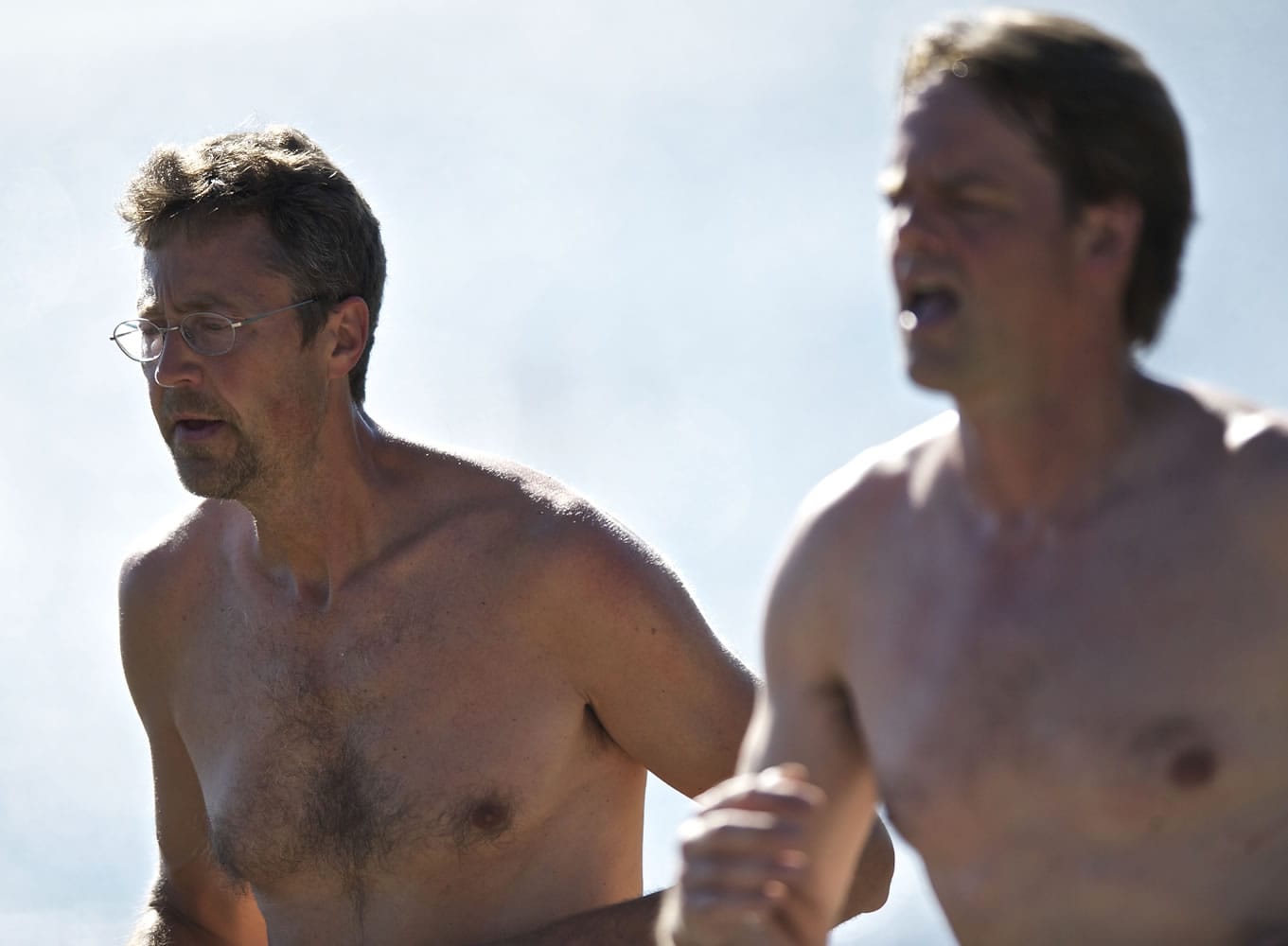As the sun comes out and the temperatures rise, more people are taking their workouts outdoors. But before heading out on a run in the hottest part of the day, make sure your body is prepared for the warmer weather.
The No. 1 concern when exercising in the heat is hydration, said Ted Schatz, a personal trainer at Northwest Personal Training in Vancouver.
When you exercise in higher temperatures, you’re going to sweat more, Schatz said. To make up for the extra perspiration, you should drink water before, during and after the workout, he said.
The standard recommendation is to drink eight 8-ounce glasses of water every day to stay hydrated. That number should go up if you’re losing fluids through sweat, Schatz said.
One way to make sure you’re drinking enough water is to weigh yourself before a workout, then again after the workout. The weight difference will tell you how much water you lost, Schatz said.
“Then, make sure you replace it,” he said.
Your body will also give you clues if it’s starting to get dehydrated, said Dr. Rasjad Lints, a Clark County pediatrician with Kaiser Permanente.
“If you’re sweating and then suddenly you’re not sweating as much, you’re probably getting dehydrated,” Lints said.
If you’re planning a lengthy workout in the heat — 1 1/2 hours or more — you’ll also need to replace lost electrolytes, Schatz said. Sipping on a sports drink during the workout will do the trick, he said.
In addition to staying hydrated, it’s important people realize their performance will decrease in hotter temperatures, Lints said. The human body achieves optimal performance in temperatures between about 75 to 78 degrees, Schatz said.
In cooler temperatures, you might be able to play soccer for an hour. But, in hotter weather, you might feel exhausted after 15 minutes, Lints said. If that happens, it’s time to take a break, drink some water and sit in the shade, he said.
“You’ve got to listen to your body,” Lints said.
Before heading for an outdoor workout in the sun, be sure to apply sunscreen, Lints said. Sunburns bring their own set of problems, he said.
Wearing the right clothing is also important, Schatz said. Sweating is your body’s way of cooling down. If you’re wearing clothes that don’t breathe, the sweat won’t evaporate, which means your body won’t cool down as effectively, he said.
You should also make sure you’ve eaten enough in the day, Schatz said. The warm weather tends to make people feel less hungry. You don’t want to start a workout without enough calories to keep you fueled, he said.
Heat-related risks
Exercising in the heat is riskier for certain people, Lints said.
Those who are less physically fit should not suddenly decide to go run four miles in the late afternoon heat.
In addition, those who aren’t acclimatized to the heat should be cautious, Lints said. If your body is used to exercising in the cool, wet Pacific Northwest weather, taking your workout outdoors during a summer heat wave can be problematic, Lints said.
People who are obese or those with large muscle mass — essentially, anyone with a higher body-mass-to-skin ratio — are also at higher risk when exercising in the heat, Lints said.
When a person isn’t well-hydrated and overexerts themselves in the heat, they can suffer from heat stroke or heat illness, which is the precursor for heat stroke.
“As your core temperature rises, at some point, your body is not able to get rid of the excess heat fast enough,” Lints said.
The warning signs for heat illness and heat stroke include an increased heart rate but decreasing blood pressure, weakness, confusion, trouble with balance, sweating profusely but appearing pale, cramping, nausea, diarrhea and headache, Lints said. A person with heat illness will also have a core body temperature of 100 degrees or higher, he said.
“Heat stroke is a potentially deadly disease, so it’s not something to mess with,” he said.
The key is getting the person cooled down and to a hospital, if necessary, Lints said.
Staying hydrated and listening to your body can help you to avoid problems when exercising in the heat, Lints said.
“The main issue is when it’s hot outside, you’re not going to perform as well as you did when it was 70 degrees,” he said. “Don’t try and go out, and run your fastest mile. You’ll probably push yourself too far.”
Marissa Harshman: 360-735-4546; http://twitter.com/col_health; http://facebook.com/reporterharshman; marissa.harshman@columbian.com.




